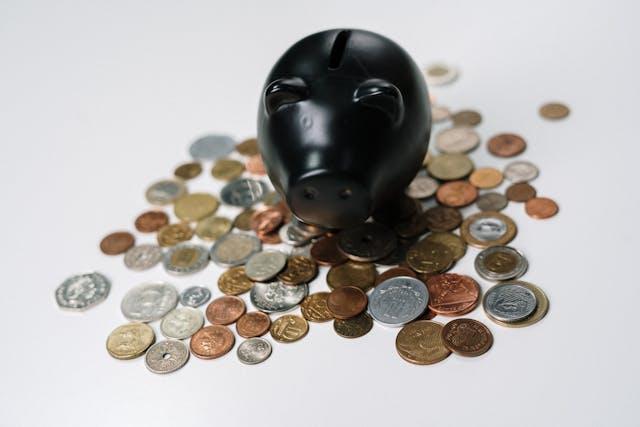15 Ways to Improve Your Credit

There are a lot of good reasons to improve your credit score. It can help you secure an apartment, qualify for a mortgage or car loan, and pay less for home and car insurance. I can also help you negotiate better rates and terms on financed purchases. It may even let you access more valuable rewards and perks that often come with credit cards that are targeted to people with excellent credit.
For the first year of the pandemic, some low-income households in the U.S. actually saw credit scores rise. This may have been due to several things. There was an influx of pandemic relief cash authorized by Congress. Also, many people had lower expenses thanks to the sudden stop of commuting and business closings that kept folks at home. However, increasing fears of a recession may yet undo some of those gains. And if you’ve been laid off, as so many in the tech sector have been, those financial stressors can do further damage to your score.
If you’re not happy with your credit score, or simply want to try to improve it, first make sure you understand the basics of credit reporting and credit scores. Then take a look at the following 15 strategies to help you reap the benefits of a higher score.
1. Pay your bills on time
While credit scores are determined by company-specific formulas that take into consideration a number of factors, late payments can really hurt your score. So while it won’t give you an immediate boost, and it’s probably not the most exciting strategy on our list, paying your credit card and loan bills on time every month is the single most powerful thing you can do to help you repair a damaged credit score.
Payment delinquencies of 30 days or more may significantly lower your score. This is especially true if there are several such late payments on your credit report. Late payments will also likely result in additional fees and raised interest rates. That means it will cost you more to keep using that credit and may reduce the amount of cash you’ll have on hand to pay down balances.
2. Keep your credit utilization low
Credit utilization is the ratio of credit that you use at any given time to the amount of your total credit limit. For example, if you have a combined total credit limit of $10,000 and you’re carrying total balances owed of $5,000, you have a 50% credit utilization rate. In other words, you’re using exactly half of the credit that was made available to you. While there’s no bright-line rule here, most experts generally recommend that you keep your credit utilization rate below 30% if you want to improve your credit score.



